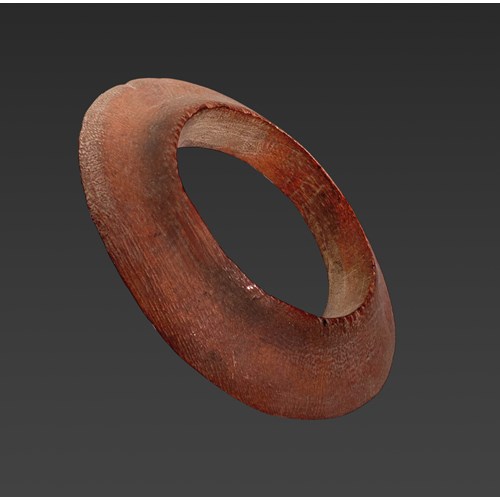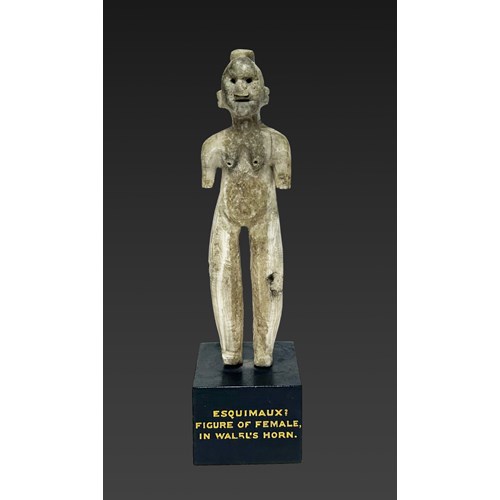Marquesas Stilt Step
Period 18th/19th century
Origin Polynesia
Medium Wood
Dimension 33 cm (13 inches)
Period: 18th/19th century
Origin: Polynesia
Medium: Wood
Dimension: 33 cm (13 inches)
Provenance: Ex coll. : Dr Jean-Marcel Gayraud, Paris ; acquired from Yann Ferrandin Gallery, Paris.
Literature: Ref. :
Phelps, Steven: ART AND ARTEFACTS OF THE PACIFIC, AFRICA, AND THE AMERICAS-THE JAMES HOOPER COLLECTION. Hutchinson & Co. LTD. and Christies, Manson & Woods, London. 1975,
Meyer, Anthony JP : OCEANIC ART. Könemann Verlag, Köln, 1995.
Caroline van Santen, Curator at the Zeeuwse Museum in Middelburg, the Netherlands made a very interesting discovery when she found the previously unrecorded drawing of three men on stilts sketched in 1825 by J.C. Van Haersolte and she writes :
« …More interesting, however, are the drawing he made of a tattooed Marquesan man and his sketch of three Marquesan stilt walkers. The latter, although small in size, is proof of the fact that Marquesans still used stilts in 1825, whereas it was previously thought that they had already abandoned this practice at an earlier stage. Van Haersolte also made a detailed drawing of a stilt step. This drawing is linked to a pair of stilt steps in a Dutch museum collection. »
In Govor, Elena ; Thomas, Nicholas : TIKI - Marquesan art and the Krusenstern expedition. Sidestone Press, Leiden, 2019.
More artworks from the Gallery









